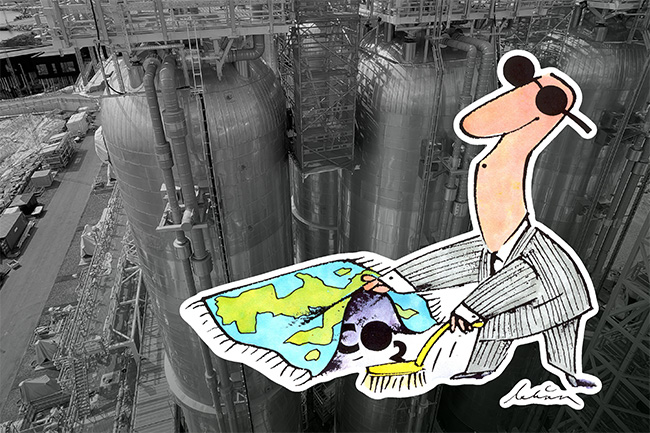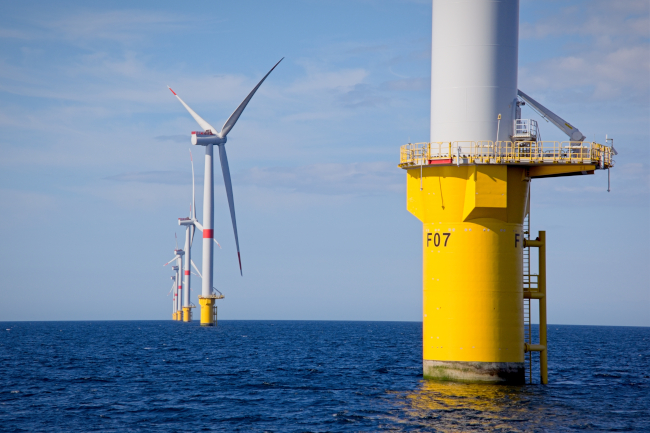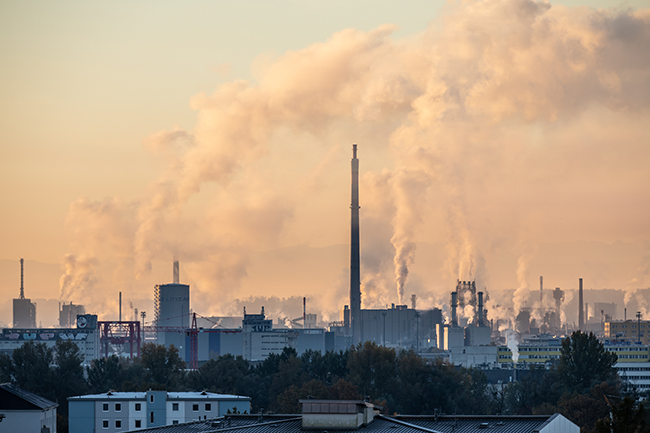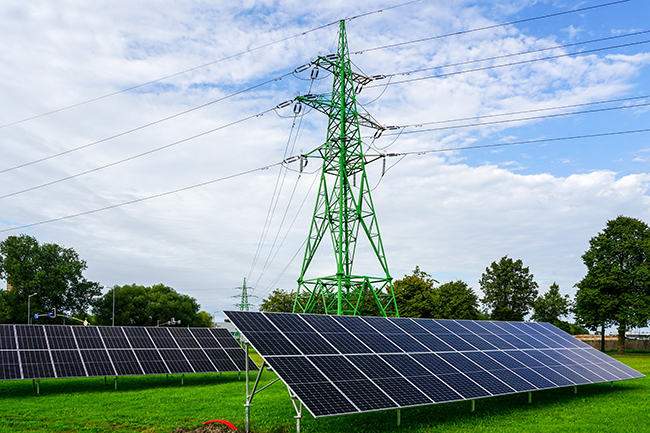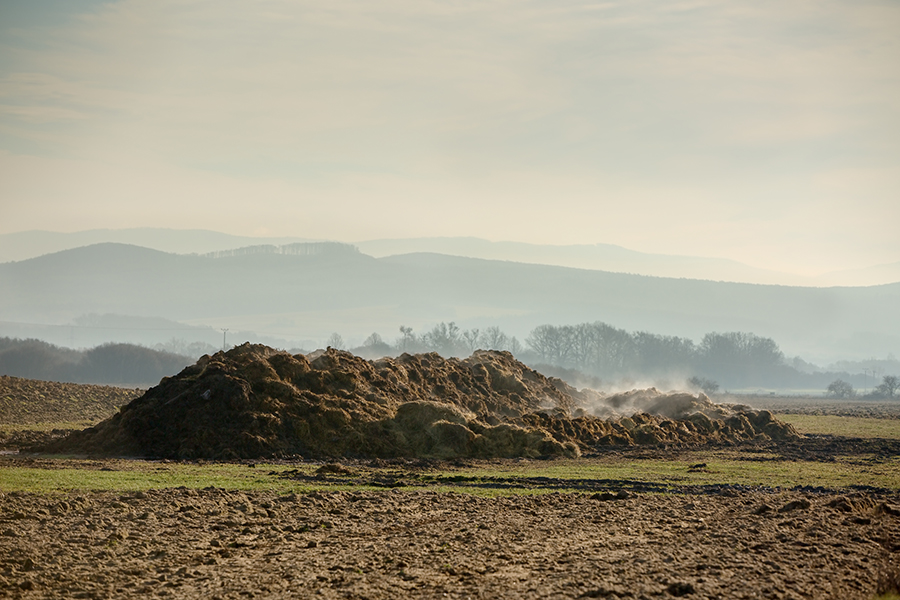Climate Action Network (CAN) Europe recently updated its Paris Agreement Compatible (PAC) scenario in which it describes how the European Union can become climate neutral by 2040, ten years earlier than the EU’s official target date. In this update CAN Europe also included scenarios for each of the 27 EU Member States, showing how they can completely phase out fossil fuels and replace them by dramatically increasing the use of renewable energy, combined with radical investments in increasing energy savings, energy storage and the energy transmission network of the future.
The PAC scenario shows how the transition to a 100% renewable energy system in Europe could be designed. This transition would be both technologically viable and instrumental in limiting global temperature rise to 1.5°C (by the end of the century), the main goal of the 2015 Paris climate Agreement. The transition will include a rapid decarbonisation of all economic sectors, phasing out fossil fuels by 2040 (and coal as soon as 2030) and massive investments in solar and wind energy, storage and grid infrastructure.
A radical reduction in energy demand is needed as a foundation for this transition. The PAC scenario hinges on a substantial reduction in energy demand through improving energy efficiency, adopting sustainable lifestyles and promoting innovation and circularity. By doing so, the EU can reduce its final energy consumption by more than 40% by 2040 and ensure that the transition to a 100% renewable energy system is achievable and cost-effective. Furthermore, the updated PAC scenario envisages a tripling of renewable electricity generation between now and 2030, an electrification rate of 43% by 2030 and 80% by 2040, combined with an enhancement of energy grids, an increase in energy storage, and improved demand-side and energy system flexibility.
The updated PAC scenario can deliver climate neutrality at a lower cost than the EU’s 2050 climate neutrality scenario, as it calculates that achieving climate neutrality by 2040 would entail total gross investment of 28.9 trillion euro – almost 5 trillion euro less than the cost calculated by the European Commission to achieve net-zero greenhouse gas emissions by 2050. By frontloading investments this decade and substantially reducing energy consumption, the EU can enhance both its competitiveness and resilience.
While the PAC scenario foresees the EU to become climate neutral by 2040, this does not mean all countries achieve the same objective; some have the capacity to become climate neutral a little earlier, while for others the challenge will be greater and they might only become climate neutral after 2040. The table below shows the gross and net emission reductions achieved by 2030, 2035 and 2040 for the EU and each of its 27 Member States. Sweden clearly is an outlier as it can already achieve net negative emissions in 2030, thanks to its large potential for land-based carbon removals. Achieving the latter however depends on a reform of Swedish forest management systems.
For Europe to achieve climate neutrality by 2040, six key actions will need to be taken:
- Reduce energy consumption to enable faster decarbonisation and electrification: the PAC scenario demonstrates how combining sustainable lifestyles, increased energy efficiency, technological innovation, and reduced material usage can collectively decrease energy demand across all sectors. In other words, the PAC 2.0 is an energy demand-reduction scenario.
- Switch to a 100% Renewable Energy System: the PAC 2.0 scenario envisions a 100% renewable energy system. This scenario not only emphasises the need for a high share of renewable energy sources, but also focuses on reducing the EU’s energy demand.
- Develop a Paris Agreement compatible power grid: concerning the role of power grids in meeting the Paris Agreement Compatible 2.0 pathway, our focus is on transmission capacities. Existing grids must be improved and considerably more grid infrastructure will be necessary, for enhanced transmission capacities that accelerate RES deployment and their integration, and address storage needs. We did not assess capacity needs at distribution grids. Finally, electricity and renewable hydrogen transmission need to be well integrated.
- Harness the potential of flexibility – a more flexible system brings more benefits: at transmission level, flexibility solutions help integrate renewable energy, so that demand and supply match at all times, encouraging efficient expansion. Alongside efficiencies and cable pooling, the various modes of flexibility (including demand-side flexibility) help reduce growing pressures on the grid capacity, and further optimise the use of existing infrastructures, where the electricity system and grid adjust to a range of generation and consumption patterns across different time horizons.
- Scale up energy storage: as we move into a 100% renewable energy system, alongside flexibility and transmission, energy storage, across timespans, assumes an important role especially after 2030.
- Frontload investments to align with the Paris Agreement: the more appropriately the future energy system is designed and planned for, taking into consideration the different mentioned aspects, the lower the overall system costs could become.
These actions will have different impacts on different economic sectors as evidenced in the below graph and table. It is clear that the biggest challenges lie with the agriculture and industry sectors, both of which are already lagging far behind.

Total EU27 Emissions trajectory (MtCO2e). Source: Pathways Explorer

Analysis of the EU27 - PAC 2.0 emission trajectory (MtCO2e), with European Environment
Agency data Source: EEA GHG data, CAN Europe analysis

Sectoral emissions of the PAC 2.0 Source: Pathways Explorer
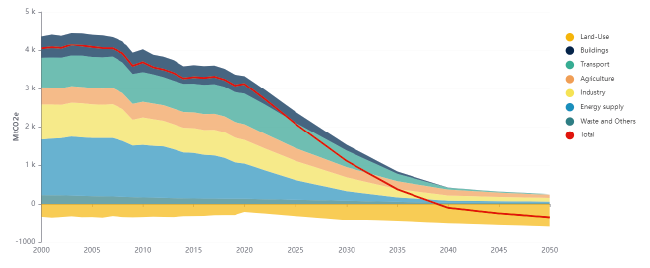
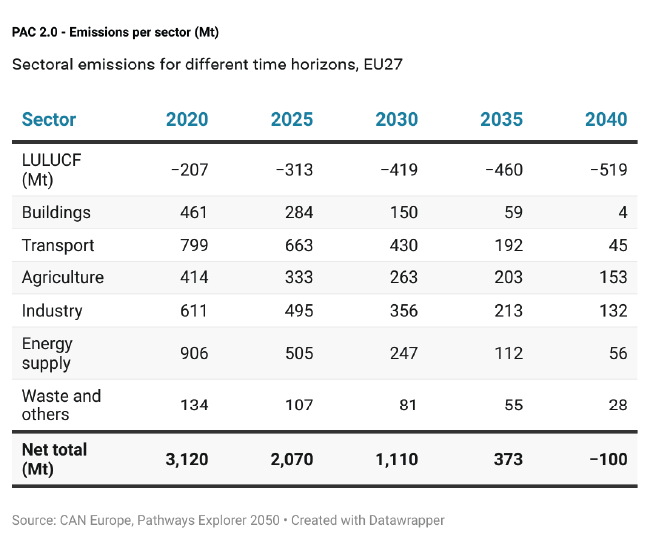
The PAC scenario promotes the following sectoral actions:
PowerKey Objective: 100% future renewable energy system supplies Europe’s energy in the future. The PAC 2.0 power sector development foresees a quick decarbonisation of the power sector first. The key levers are the ambitious roll-out of renewable energy sources (mainly solar and wind), in conjunction with storage which increases in significance after 2030, as well as a substantial increase in the necessary grid infrastructure (transmission and H2). Electrification serves as a key pillar of the quick decarbonisation of the sector. Key Enablers: accelerate renewables deployment (118 GW per year) – invest in grids, storage and flexibility – decarbonise the power sector first.
BuildingsKey Objective: Lowering bills & securing well-being – substantial reduction in CO2 emissions. Buildings across the EU are old and consume a lot of energy. On top of this renovation rates remain very low on an annual basis. In order to decarbonise this sector, a large renovation wave that strongly boosts energy demand reduction is needed, coupled with rapid electrification (and other measures) especially when it comes to buildings’ heating needs. Key Enablers: triple the annual renovation rate of 3% by 2030 – couple renovations with heat pump installations – develop district heating networks.
IndustryKey Objective: Towards green, fair, circular and resilient EU industry. Circularity emerges as a key feature of Europe’s industrial logic, as an increase in secondary materials, rising with a widespread sharing economy. With a shift in how value is generated, new opportunities arise for entrepreneurs and firms to collaborate and innovate. Low-temperature industrial processes are electrified, and high-temperature processes begin to use renewable hydrogen. Key Enablers: reduce consumption of primary materials – increase secondary-use rates of key materials up to 70–80% through circularity – electrify processes – green H2 for high-temperature processes.
TransportKey Objective: Beyond EVs – transforming the way we move. The transport sector is one of the hardest to abate, as it relies heavily on fossil fuels. In the future when the sector decarbonises, the quality of life around Europe and in Europe’s cities improves dramatically thanks to enhanced air quality and less noise pollution. This will be the combined result of electrified vehicles, less traffic, car-sharing, car pooling, and the development of electrified public transport infrastructure covering citizens’ transport and commuting needs. Key Enablers: invest in public transport (train, bus, metro), walk and cycle more – smaller fleets with joint mobility – all new vehicles are electric as of 2030 – e-fuels for aviation and marine sector. |
At a time when climate action is under threat, it is good for NGOs to have our own scenario that shows how we can make the necessary transition happen, in a way that is both adequate and economically feasible.
The PAC scenario can be assessed at: https://caneurope.org/content/uploads/2024/09/PARIS-AGREEMENT-COMPATIBLE-SCENARIO-2024.pdf. The National Scorecards can be found here: https://renewables.sharepoint.com/:x:/s/rgi/Edxt7-xtwatDjie1koDvJewBdnGciT8B5vvQl6gm2VQBHA?e=iDKuMR.



